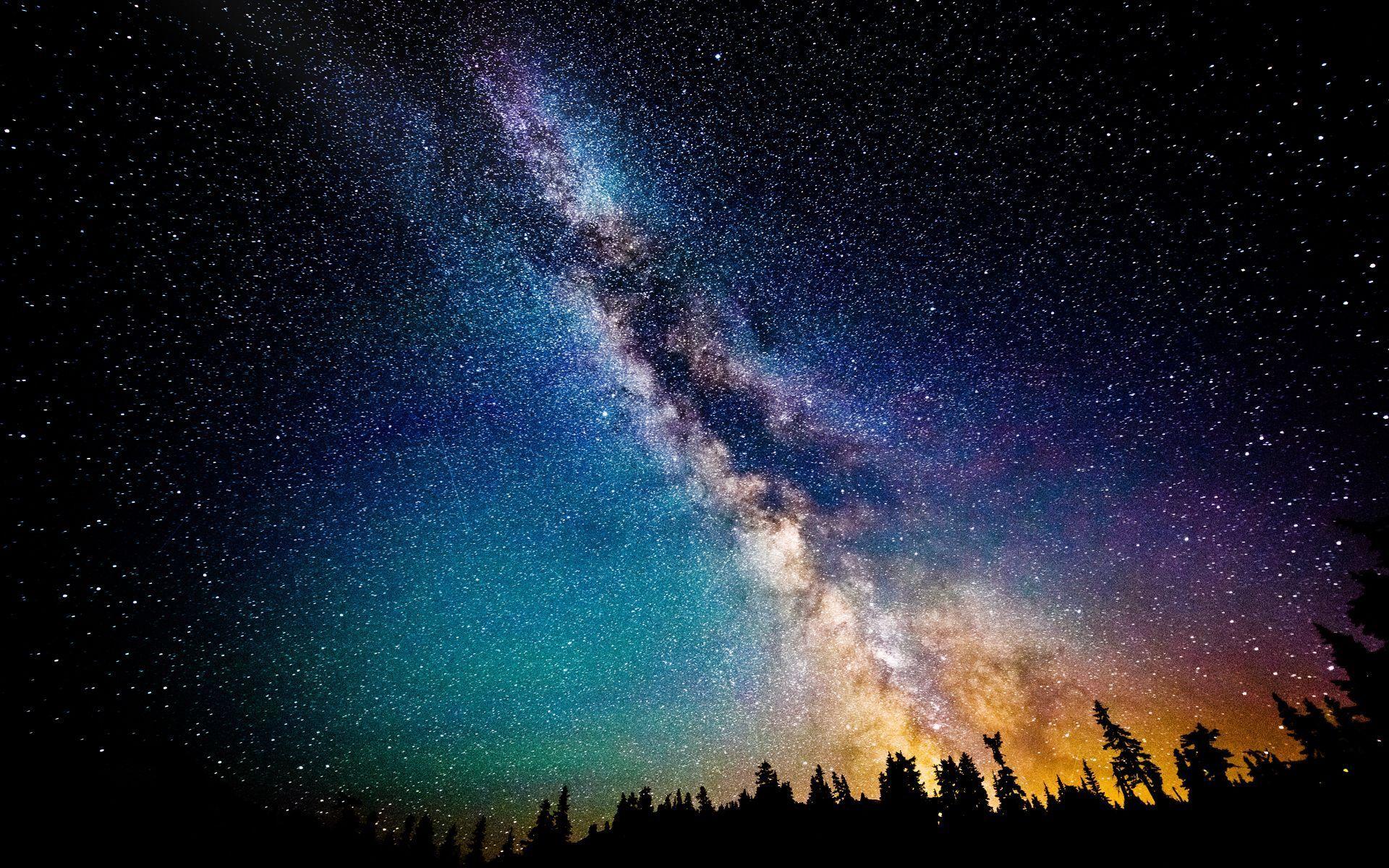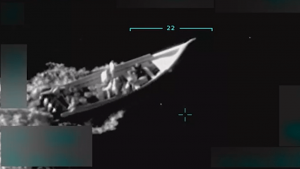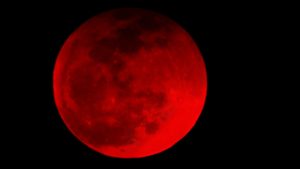Stars form, evolve and finally die.
They form as huge amounts of Hydrogen atoms gather and, due to their own gravity, press together, heat-up and finally start “burning” in a nuclear process.
They burn by nuclear fusion which makes the process much more energy-yielding than in nuclear fission reaction.
The heat makes a star to expand, while gravity in the star makes it to contract.
To keep going, large stars burn much of their nuclear fuel, Hydrogen, quicker to balance the gravity inside.
Some stars are giants and super giants, up to 400 times the size of the Sun and can be brighter, up to one million times more than the Sun in luminosity.
As a result, they last just a few million years.
Medium-sized stars last longer, up to billions of years; while small stars, about 10% of the size of the Sun, last even longer.
Small stars may just die or fade away after burning-up their nuclear fuel.
Giant stars get so hot that their outer part may explode and, sort of, peel-off into what is known as a Supernova.
A Supernova outshines all the billions of stars in a galaxy. The gases and other elements from it may come together to form another generation star later.
Supernovas are rare.
In the Milky Way, the galaxy which our Solar System belongs to, only three have been observed in one thousand years; one of them in 1054 which was recorded by Chinese observers.
Astronomers have been recording about 10 a year in the observable galaxies.
A galaxy is a collection of stars held together by gravity and revolving round a centre.
There are dwarf systems containing a few million, to giants containing thousands of billion stars.
The Sun and the stars seen at night are all in the Milky Way, estimated to have 100 billion stars.
There are many galaxies in our observable Universe, each with its own billions of stars.
The nearest to our Milky Way is the Andromeda galaxy.
The last Supernova in the Milky Way was reported in 1604.
Was the Star of Bethlehem mentioned in the Bible a Supernova?
Many scientists trying to resolve what the Star of Bethlehem actually was, believe it would have been a Supernova.
A Supernova, as a peeled-off part of a giant star, moves as it explodes and can burn out over a position in some hours to a few days or more.
It could have led the wise men to where Jesus was born when it was overhead.
The gospel of Matthew 2:9 shows that the star moved: “…the star which they had seen in the East went before them, till it came to rest over the place where the child was.”

Could the Star of Bethlehem be a shooting star?
A shooting star, or falling star, is really not a star, but a meteor.
It starts as a solid ball called meteoroid that enters the Earth’s atmosphere and moves rapidly and vapourizes from the heat from friction.
The remains are called meteorites when they reach the Earth’s surface.
Sometimes, they scatter so much and come down as a Meteorite Shower.
A shooting star moves but fades out in seconds, so it is an unlikely candidate.
There are people who believe the Star of Bethlehem could not have been a star but a conjunction of the planets Jupiter and Saturn.
In a conjunction, they appear as if they are nearly touching, when viewed from Earth, and therefore, bright.
The world recently watched a Jupiter-Saturn conjunction on 21 December, 2020 which some people nicknamed “Christmas Star.”
Calculations show that there was a Jupiter-Saturn conjunction on May 27, 7 B.C.
There was a second, a double conjunction, on October 6, 7 B.C. and a third, a triple conjunction, on December 1, 7 B.C.
It is possible to have more than one conjunction in a year because the two planets move in elliptical, not circular, orbits and at different speeds.
Such a triple conjunction occurs once in about 139 years and a single conjunction every 20 years.
Though conjunctions have been seen as important astrological events, they cannot move and stop as the Star of Bethlehem witnessed by the wise men in the Bible.
The Bible did not give the number of the wise men, but it is believed they were three because they presented three gifts to baby Jesus and worshiped (Matthew 2: 12).
Jupiter is by far, the largest planet, both by size and mass, in our Solar System.
It is followed by Saturn which is also the farthest, visible to the naked eye, from the Earth.
The wise men who, from their conviction based on the star they saw, worshiped baby Jesus were astrologers, not astronomers who are solely scientists.
Astrologers try to use your date of birth and the Zodiac signs, or horoscope, to say how the heavenly bodies will affect your life and personality and what you will ultimately be.
The wise men would therefore, have known if it was a Jupiter-Saturn conjunction and that it was not a star.
Also, a conjunction is much more frequent than a Supernova and is a doubtful candidate.
“The wise men were overjoyed in seeing the star again” (Matthew 2:10).
The wise men may be overjoyed in seeing a Supernova; not a conjunction.

The wise men also, referred to what they saw as a star: “… We saw the rising of his star in the East and have come to honour him” (Matthew 2:2).
A comet is another unlikely candidate for the Star of Bethlehem.
Comets are mainly icy leftovers from the formation of the Solar System, often embedded in dust, other particles and even rocky particles.
Comets orbit the Sun, most of them, in elliptical orbits.
As they get close to the Sun, their surfaces warm up, releasing water vapour with melted particles, making them look like balls with tails to an observer on Earth.
As they move, their tails may appear to be several kilometres long when they are pointing away from the Sun.
An asteroid, considered as another possible candidate, is bigger than comets and is also a leftover from the formation of the Solar System.
Asteroids orbit the Sun just like comets. They are usually found between the planets Jupiter and Mars and can range from one to hundreds of kilometres in diameter. Comets range from 750 metres to under 12 kilometres in diameter.
However, unlike comets which are mainly ice, asteroids are rock fragments.
Both asteroids and comets do not move and stop like the Star of Bethlehem in the Bible and the wise men could have easily identified them because they are much more frequent sightings.
The lot favours a Supernova.
In all probabilities, the Star of Bethlehem was indeed, a Supernova.











